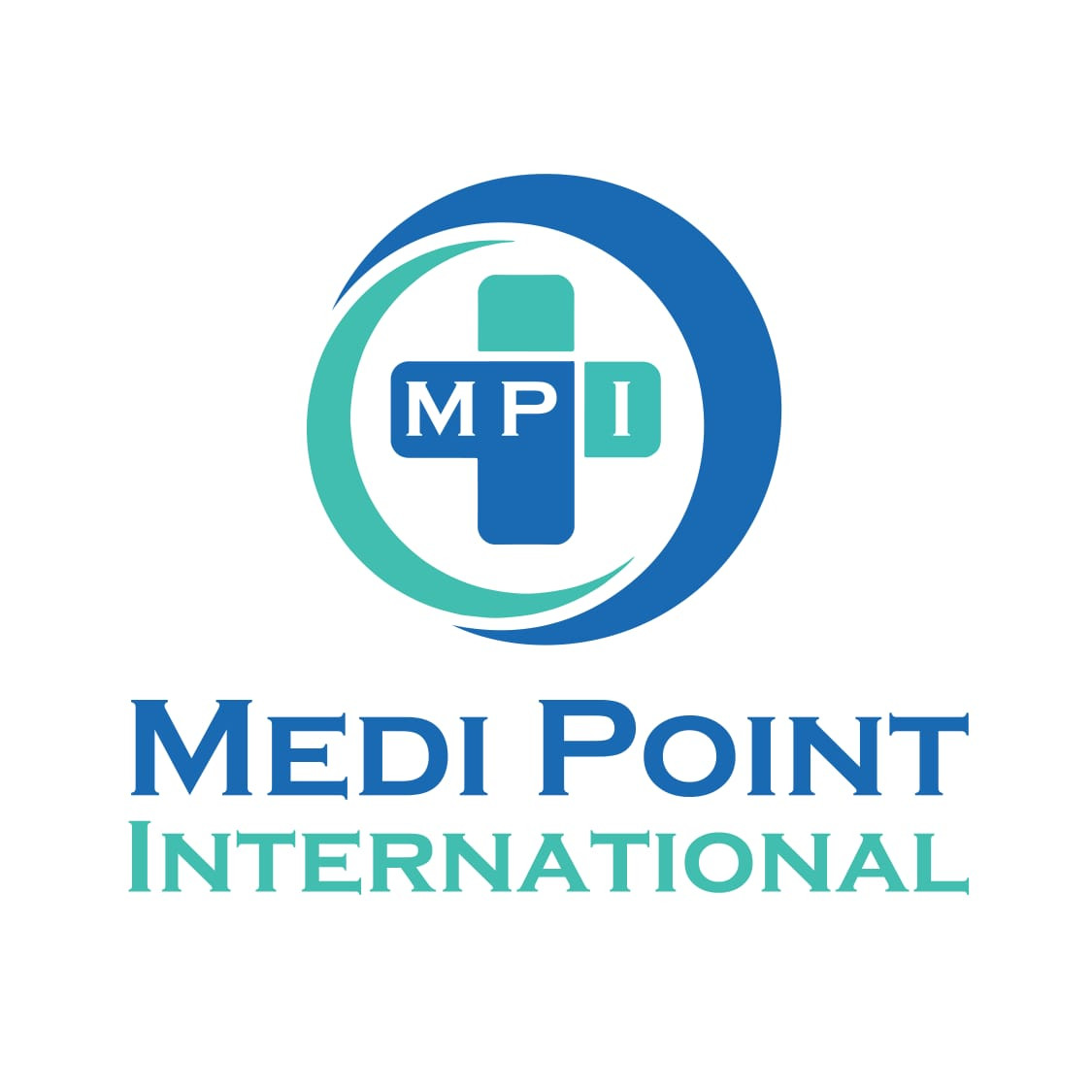About Us
Welcome to the Medi Point International
Developing a policy for medical equipment is crucial to ensure the safe and effective use of these devices in a healthcare setting. Below is a general outline for a medical equipment policy. Please note that the specifics of such a policy may vary depending on the size and type of healthcare facility, local regulations, and the nature of the equipment being used. This outline can be customized to suit your organization's needs.
[Healthcare Facility Name] Medical Equipment Policy
1. Purpose:
To establish guidelines for the acquisition, maintenance, and safe use of medical equipment in [Healthcare Facility Name].
To ensure that all medical equipment is used and maintained in a manner that complies with relevant regulations and standards.
2. Scope:
This policy applies to all medical equipment within the facility, including but not limited to diagnostic, therapeutic, monitoring, and support equipment.
3. Responsibilities:
Clearly define the roles and responsibilities of personnel involved in medical equipment management, including:
Acquisition and procurement
Maintenance and servicing
User training and education
Quality assurance and safety monitoring
Incident reporting
4. Equipment Acquisition:
Procedures for the acquisition of new medical equipment, including assessment of need, budgeting, vendor selection, and approval processes.
Ensure that all equipment meets regulatory and safety standards.
5. Equipment Maintenance and Servicing:
Establish a routine maintenance schedule for each type of equipment, including calibration and servicing by authorized personnel.
Define procedures for handling equipment breakdowns and repairs.
Maintain records of maintenance activities.
6. Equipment Safety:
Guidelines for the safe operation and storage of medical equipment.
Protocols for infection control and cleaning of equipment.
Procedures for identifying and removing faulty or unsafe equipment from service.
7. Training and Education:
Ensure that all personnel who use or interact with medical equipment receive appropriate training and education.
Maintain records of training and competency assessments.
8. Quality Assurance and Safety Monitoring:
Implement a system for ongoing quality assurance and safety monitoring of medical equipment.
Conduct routine safety inspections and audits.
9. Incident Reporting:
Procedures for reporting and documenting incidents related to medical equipment malfunction, misuse, or safety concerns.
Define the process for investigating incidents and implementing corrective actions.
10. Documentation and Record-Keeping:
- Maintain comprehensive records for each piece of equipment, including maintenance history, user manuals, calibration records, and training documentation.
11. Compliance with Regulations:
- Ensure that all activities related to medical equipment comply with local, state, and federal regulations, as well as industry standards.
12. Review and Revision:
- Establish a regular review schedule for this policy to ensure that it remains up-to-date and effective.
13. References:
- List any relevant regulations, standards, and industry guidelines that inform this policy.
14. Approval:
- Specify the approval process for this policy, including who has the authority to make changes or updates.




